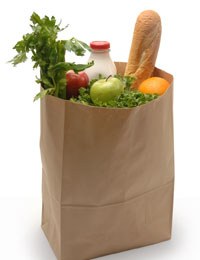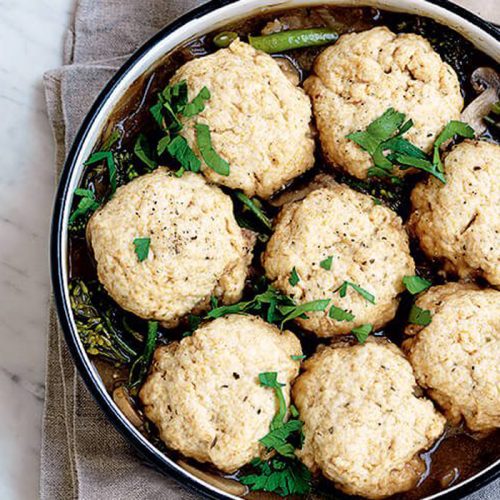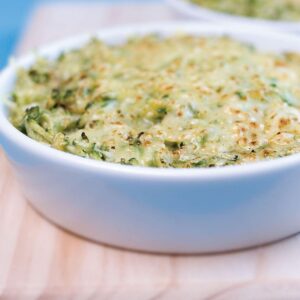
For children to get all the nutrients they need for health and growth, it's important to provide a variety of foods from the four food groups every day.
So what does a healthy diet look like?
1. Vegetables and fruit
These contain carbohydrates, fibre, vitamins and minerals.
For preschoolers: at least 2 servings of vegetables and 2 servings of fruit each day.
School children: at least 3 servings of vegetables and 2 servings of fruit each day.
Vegetable serve examples: 1 medium potato or root vegetable (135g); 1/2 cup cooked vegetables; 1/2 cup salad leaves; 1 medium tomato.
Fruit serve examples: 1 apple, pear, banana or orange; 2 small apricots or plums; 1/4 cup fresh fruit salad; 1/4 cup stewed fruit; a cup fruit juice.
2. Breads and cereals
Breads. cereals, pasta and rice are high in carbohydrates and fibre.
Preschoolers have small stomachs and cannot eat the same amount of fibre as older children or adults. Increase fibre gradually with a variety of vegetables, fruit, bread and cereals.
Breads and cereals make good snacks for school children. Choose some that are whole grain.
For preschoolers: at least 4 servings each day.
School children: at least 5 servings each day; at least 6 for older children
Serving size examples: 1 roll; a small muffin; 1 medium slice bread; 1 cup cornflakes; 1/2 cup muesli; 1/4 cup cooked cereal; 1 cup cooked pasta; 1 cup cooked rice; 2 plain sweet biscuits.
3. Milk and milk products
These provide protein and calcium. After 2 years of age, gradually introduce reduced and low-fat milk and milk products.
For preschoolers and school children: at least 2-3 servings each day.
Serving size examples: 250ml milk; 1 pottle yoghurt; 2 slices cheese (40g); 2 scoops ice cream (140 g).
4. Meat and meat products, chicken, seafood, eggs and dried peas, beans and lentils
These foods provide protein, vitamins and minerals, including iron and zinc.
For preschoolers and school children: at least 1 serve each day.
Serving size examples: 2 slices cooked meat (100g); 3/4 cup mince or casserole; 1 egg; 1 medium fish fillet; 3/4 cup dried cooked beans; 2 drumsticks or 1 chicken leg.
From: Ministry of Health Food and Nutrition Guidelines for healthy 2-12 year olds.
Foods to watch
- The largest contributor of saturated fat in the New Zealand child's diet is MILK! One cup of full-fat milk contains the equivalent of 2 teaspoons of butter. Any chid over the age of 2 years can drink lite blue or even green or calcium-enriched milk.
- Did you know that the single greatest contributor of total fat in the New Zealand child's diet is 'potatoes' – chips and crisps? These foods should be restricted in school tuck shops and in the home.
- In the New Zealand child's diet, over 1/4 of sugar intake comes from sugary foods! 600ml of soft drink (non-diet) contains 18 teaspoons of sugar! Although juice is made from fruit, it too can be very high in calories due to 'natural' sugar being present. If a child is thirsty, offer water first.
- White bread is eaten by 3/4 of New Zealand children. There is little fibre in white bread. Fibre keeps you full and stops kids snacking on energy-dense foods. To calculate your children's fibre needs, take their age and add 5. That is the number of grams of fibre that child needs per day. It's a handy way to make sure they are getting what they need.
Making changes: How to get the family eating better
- Use lite blue milk instead of standard milk (every child over the age of 5 years)
- Use edam cheese instead of tasty, colby or mild cheese
- Use high-fibre white bread instead of plain white bread
- Make a sandwich with 1 brown and 1 white slice of bread instead of plain white bread sandwiches
- Try juice cubes in glasses if water instead of big glasses of juice
- Eat pretzels instead of chips
- Have a potato top pie (as a treat) instead of a pastry lid pie
- Have 1 fancy + 1 plain biscuit instead of 2 fancy biscuits
- Give a bite-sized baked muesli bar instead of the large choc or yoghurt covered ones
- Chop fruit into bite-sized pieces to make it more appealing
www.healthyfood.com










